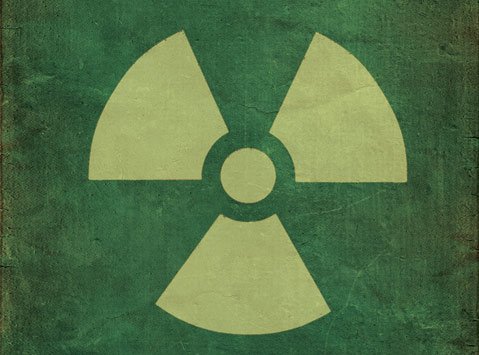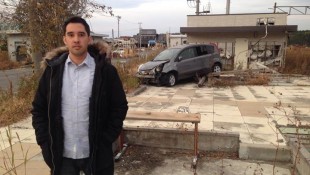
Arglit Boonyai, a foreign correspondent who travels to dangerous regions around the world says the area around Fukushima in Japan is one of the most hopeless places he has visited.
Boonyai hosts the weekly Channel News Asia show ‘Danger Zone’, where he visits some of the world’s most dangerous places in order to try to understand of how ordinary people manage living there.

BYPASS THE CENSORS
Sign up to get unfiltered news delivered straight to your inbox.
You can unsubscribe any time. By subscribing you agree to our Terms of Use
Latest Video
He says “I have seen abandoned villages before; most times there is a sense of finality to them. It is as though the town’s time is up and the people have moved on. Fukushima is nothing like that. It’s like time just stopped.”
Arglit Boonyai reports: Nuclear fallout renders Fukushima, nearby towns uninhabitable for next few decades
FUKUSHIMA, Japan: Radiation, the invisible threat. There is something about having no control over a situation that makes it that much more scary.
In most danger zones, you can prepare yourself with training courses and strive to keep out of harm’s way by avoiding potentially dangerous situations. Radiation, on the other hand, is everywhere. How do you defend yourself against that?
Of course, you can wear protective clothing and carry a Geiger counter to measure radiation levels, but you are never truly safe. Radiation is in the air, sticks to your clothes through dust and it can take years to see the affects.
That’s why I wasn’t entirely surprised when my colleagues begun expressing their hesitations about filming in Fukushima – site of the world’s biggest nuclear catastrophe since Chernobyl.
Bear in mind that they had already been to places like Iraq, and had even been willing to head to Liberia to cover the Ebola outbreak. It just goes to show that danger can be subtle and does not always come at the end of a gun barrel.
Fukushima left two distinct impressions: What living in a post apocalyptic ghost town would be like, and just how marvellously efficient and hard-working the Japanese are.
I have seen abandoned villages before; most times there is a sense of finality to them. It is as though the town’s time is up and the people have moved on. Fukushima is nothing like that.
It’s like time just stopped. I imagine it’s what it must have felt like aboard the Mary Celeste. In the town of Tomioka, where we spent some time filming, there were hints of past lives and lost memories everywhere – abandoned children’s toys and wedding albums lay strewn everywhere and we had no way of knowing if the owners were still alive.
If the tsunami had not destroyed most of the shops and houses in the area, there would be no explanation as to why the people there ever left, or why nature had slowly begun reclaiming the land covering collapsed buildings and the local train station.
CLEARING A RADIOACTIVE FALLOUT
This shoot also led me to have a new respect and awe for the Japanese people. Clearing up the fallout from the Daiichi Nuclear Plant is no small task; it involves removing all traces of radiation from the entire Fukushima prefecture. That radiation remains in the dust particles in the air, and has settled on trees and in the dirt.
Workers work tirelessly to remove it inch by inch, mostly with the help of machines, but in some cases I witnessed clean-up crews scrubbing the side of buildings with steel tooth brushes.
Such actions may be expected of government cleaning crews, but even locals joined in the effort to save Fukushima. There are elderly locals that have lived in the province their whole lives and remain in the area because they believe they will not live long enough to see any ill effects from the radiation. They take care of stray animals, monitor radiation levels and even farm radioactive honey.
But despite this shared sense of duty and extraordinary effort to return Fukushima to normal, I fear that here, more than anywhere else, has a distinct lack of hope.
Refugees living in temporary housing do not expect to return to their homes. Scientists and radiation specialists do not expect the land to be free from danger any time soon.
Having spent a week among the desolate landscape of collapsed homes and abandoned convenience stores that are so ubiquitous across Japan, I, too, do not expect Fukushima to be liveable again within the next few decades.



